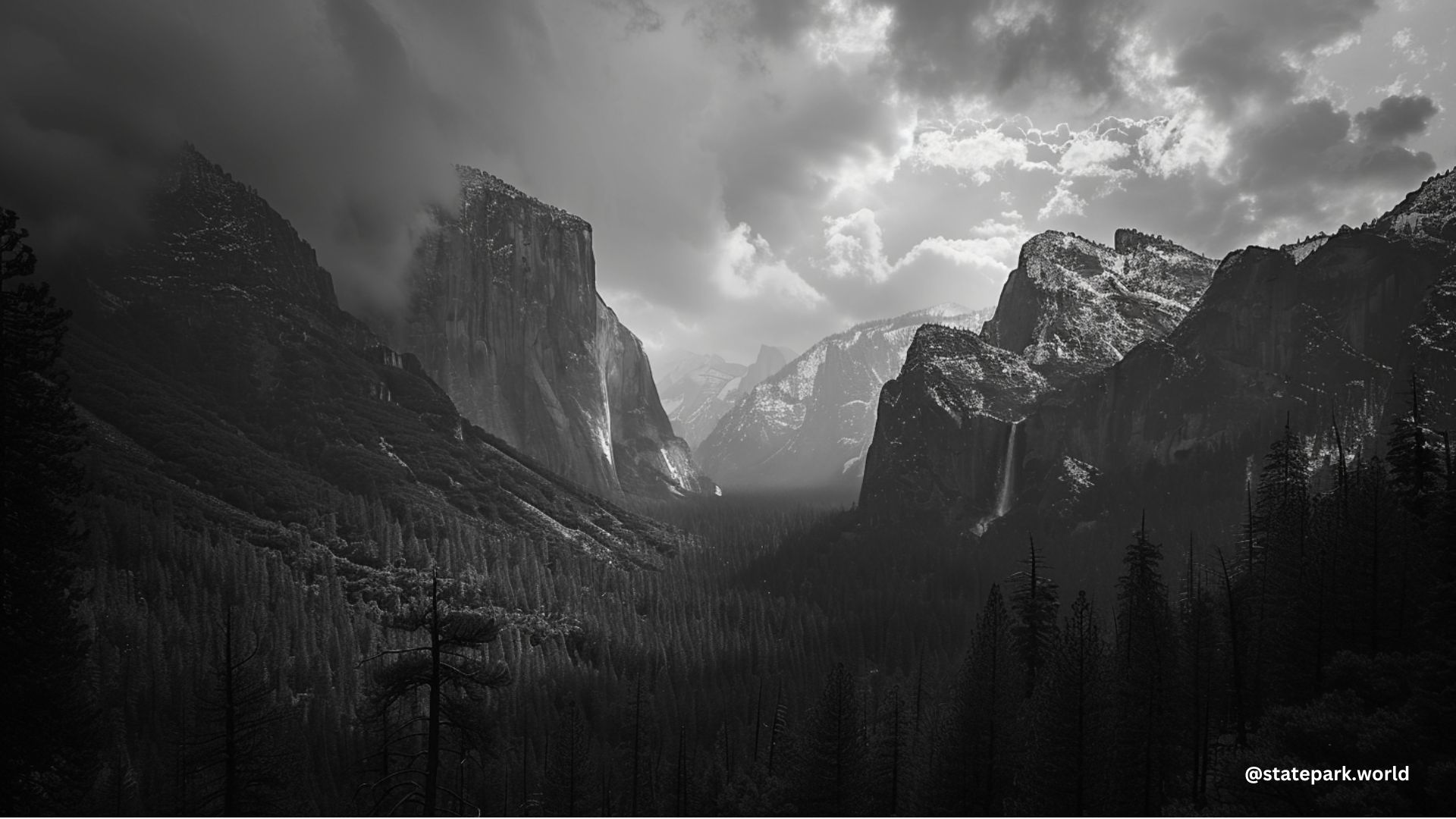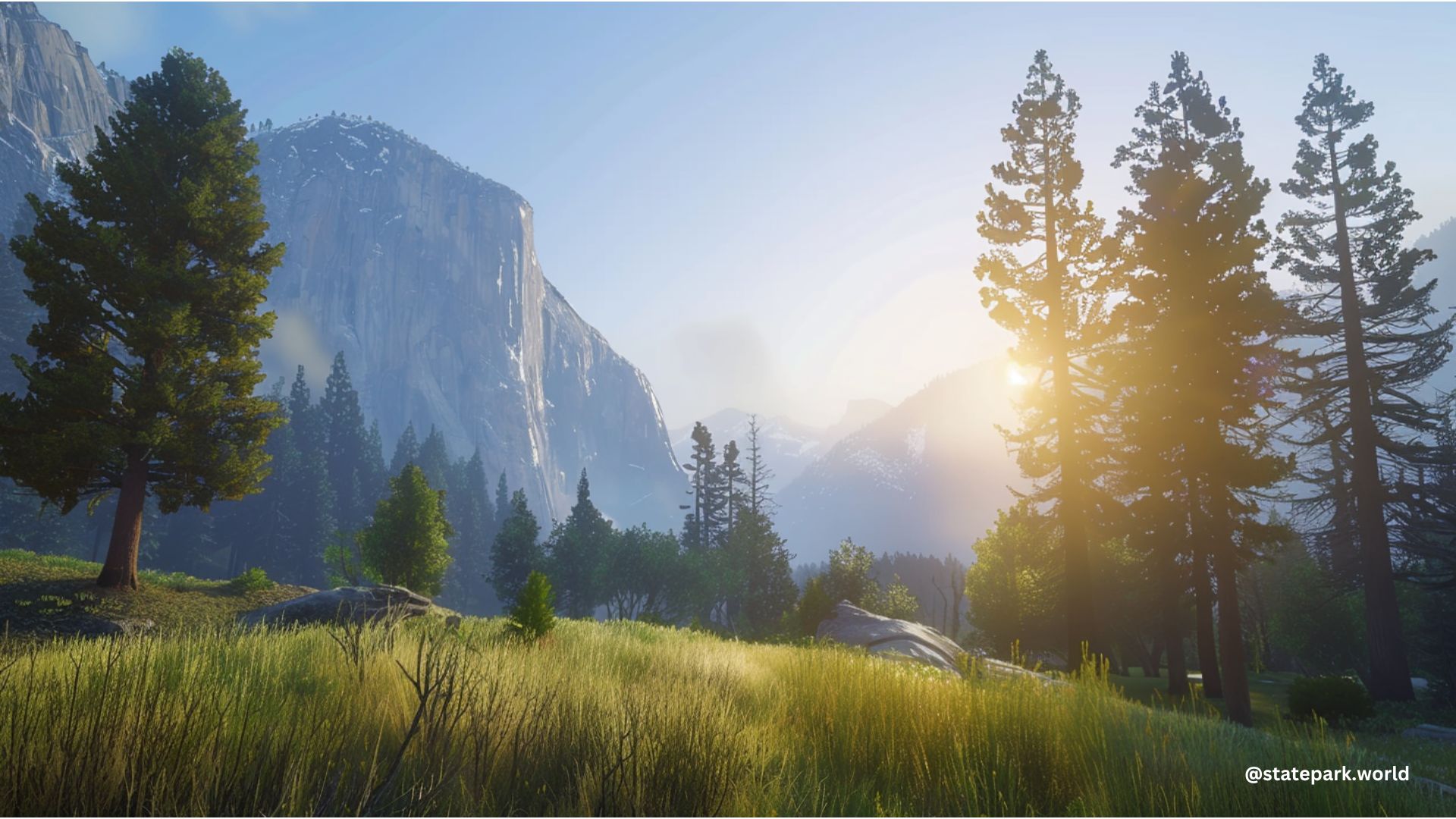Yosemite National Park is renowned for its breathtaking natural beauty, from towering granite cliffs to cascading waterfalls. However, many visitors may be surprised to learn that the park does not actually contain a volcano within its boundaries. Instead, the geological features of Yosemite are the result of complex glacial and tectonic processes that have shaped the landscape over millions of years.
The Absence of a Volcano in Yosemite National Park
Contrary to popular belief, Yosemite National Park does not have an active volcano. The park’s dramatic landscape is the result of a combination of factors, including glacial erosion, granite formation, and tectonic plate movements. While there are no volcanoes within the park’s boundaries, the nearby Long Valley Caldera, located approximately 150 miles southeast of Yosemite, is a significant volcanic feature that has influenced the region’s geology.
Geological History of Yosemite National Park

Yosemite’s geological history can be traced back millions of years, long before the park was established. The park’s iconic granite formations, such as El Capitan and Half Dome, were formed by the intrusion of molten rock, known as magma, into the Earth’s crust. This process, known as plutonism, occurred during the Cretaceous period, approximately 100 million years ago.
Over time, the granite was exposed to the elements, and glacial erosion played a significant role in shaping the landscape. During the last ice age, which ended around 15,000 years ago, massive glaciers carved out the park’s famous U-shaped valleys, leaving behind towering cliffs and domes.
Tectonic Activity and Earthquakes in Yosemite
While Yosemite National Park does not have an active volcano, the region is still subject to tectonic activity and occasional earthquakes. The park is located along the boundary of the Pacific and North American tectonic plates, which are constantly moving and interacting with one another.
This tectonic activity can sometimes result in earthquakes, although they are generally not as frequent or as powerful as those experienced in other seismically active regions of California. The park’s geological features, such as the granite formations, are also influenced by this ongoing tectonic movement.
Geothermal Features in Yosemite
While Yosemite National Park does not have any active volcanoes, the park does have some geothermal features that are worth exploring. These include hot springs, fumaroles (vents that emit steam and gases), and other thermal features.
One of the most notable geothermal areas in Yosemite is the Hetch Hetchy Valley, which is home to several hot springs and fumaroles. These features are a result of the region’s complex geological history and the ongoing tectonic activity in the area.
Exploring Yosemite’s Geological Wonders
Despite the absence of a volcano, Yosemite National Park offers a wealth of geological wonders for visitors to explore. From the towering granite cliffs to the cascading waterfalls, the park’s landscape is a testament to the power of natural forces that have shaped the Earth over millions of years.
Visitors can take advantage of the park’s many hiking trails and guided tours to learn more about the geology of Yosemite. Some popular geological attractions include:
- El Capitan: This iconic granite monolith, standing at over 3,000 feet tall, is a prime example of the park’s plutonic geology.
- Half Dome: Another famous granite formation, Half Dome is a popular destination for hikers and climbers.
- Yosemite Valley: The park’s U-shaped valley, carved by glaciers, offers stunning views of the surrounding granite cliffs and waterfalls.
- Tuolumne Meadows: This high-altitude meadow, located in the northern part of the park, provides a glimpse into Yosemite’s glacial history.
Conclusion
While Yosemite National Park may not have an active volcano, its geological features are no less impressive. The park’s dramatic landscape is the result of a complex interplay of glacial erosion, granite formation, and tectonic activity, all of which have contributed to the creation of one of the most iconic natural wonders in the United States.
Whether you’re a geology enthusiast or simply someone who appreciates the beauty of the natural world, Yosemite National Park offers a wealth of opportunities to explore and learn about the Earth’s dynamic processes.

